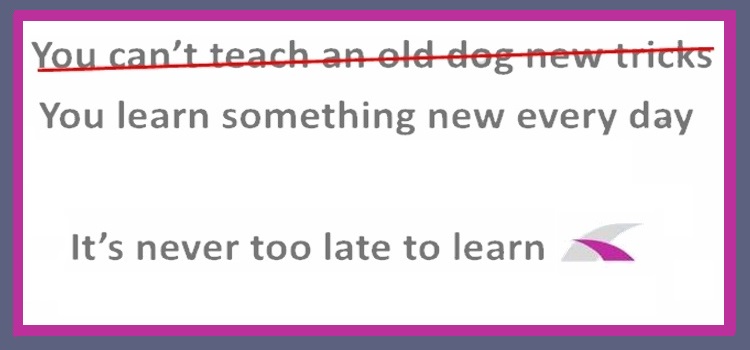A lot of people often say that you are what you eat, but it really should be "you are how you think". Let me explain.
My name is Paola, I was born and raised in Mexico City, meaning that Spanish is my native language. I had always been a very shy little girl, living in my perfect little bubble and having a big family meant that I didn't really have to work so hard to socialise while growing up. However, when I turned 8, my family and I moved to California, USA where I was suddenly forced to live and socialise in a whole different culture and language. I stayed there for 4 years, but it was more than enough for a girl to learn and think in that new language. To top it off, I studied in a French school all of my life, you must imagine that my head is a mess and it actually is! I am always thinking twice because I am not always 100 % sure that that word exists in that language. Not only do I speak three languages, but I have three completely different personalities. Those personalities change enormously one from the other because I am how I think. When I am speaking in Spanish I am my normal shy "self", on the other hand, when I speak English I have an outgoing personality that I don't always recognise. I don't know why that is, but it might be because my surroundings were different when I was learning that language that forced me to change my personality.
What I am trying to say is that learning a new language is way more complex than it seems, because you not only are learning a new language but also creating and polishing that new person. Creating the best surrounding for our students is essential, we want them to feel relaxed and happy when they are learning, that way they will always associate this language with something positive and fun. Teaching a new language using a communicative approach, like we do at
Oxbridge, helps the student feel comfortable because they will be having a meaningful communication, taking about their everyday life and also what it is happening at that moment. Having these kind of clases allows the student to practice their fluidity and accuracy in a more natural and real way.
Once we have the trust of the student and the perfect surrounding, we have to start learning about what they like, that way our students will more likely be motivated and eager to learn, which at the end is what we really want, for the student to communicate and even start thinking in English. Using a communicative approach means that the student will be speaking freely which
involves more choice, therefore more ambiguity, and less teacher intervention. Lessons are more student-centred, this does not mean they are un-structured. This means that we have a very important role in the process, and that is setting up activities so that communication actually happens. There is a lot of preparation; accuracy practice is the bridge to a fluency activity. By implication, this approach involves equipping students with vocabulary, structures and functions, as well as strategies, to enable them to interact successfully.
Our goal as teachers is for the students to be able to think in English and feel comfortable speaking the language. Once they start thinking in English we will be eliminating those little mistakes that come from interlanguage. This process will take some time, but we have to be patient and keep the student motivated. As always, remember to have FUN in the process, you are "creating" a new personality. Make that new personality a fun and confident!






